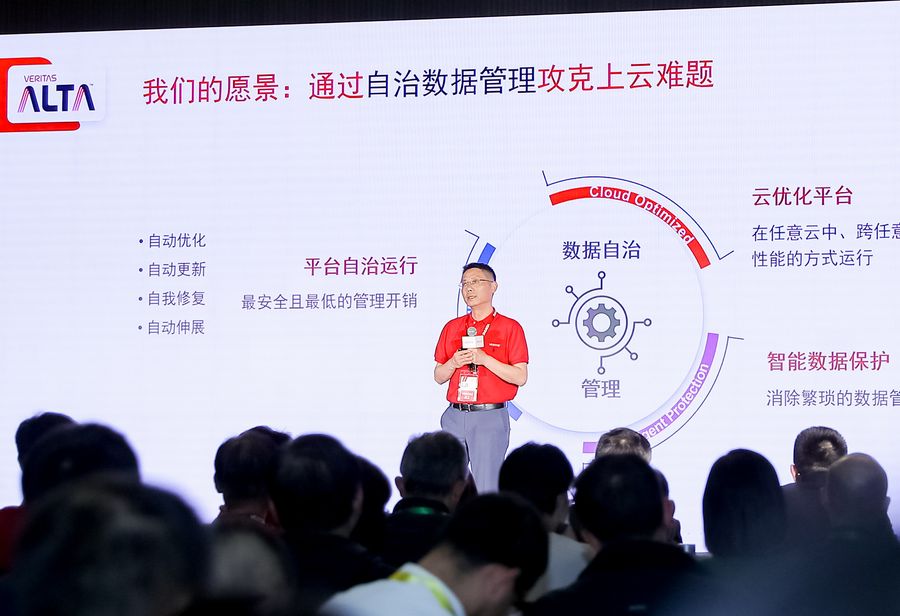System administrators use Storage Checkpoints as an Undo Button to quickly recover a clean copy of a file when aproblem occurs. Consider the following scenario. An Administrator is tasked with applying patches to an application’s
binary file. To safeguard recovery of the binary file, in the event of a problem, the administrator creates a Storage Checkpoint. As soon as the create command is issued the Storage Checkpoint driver begins monitoring the file system for changed data blocks. When the driver encounters changes it copies modified data to the Storage Checkpoint partition. If, for whatever reason, the administrator’s upgrade to the application binary file fails, all changes to the file can be quickly undone by recovering the file back to the checkpoint. Restoring from the Storage Checkpoint is faster than the alternative: laboriously having to find the original application binary and reapply any required patches. And, if the administrator’s upgrade is successful, the checkpoint data can be discarded. By simplifying the backup and recovery steps of the administrator’s upgrade procedure, Storage Checkpoints reduce administrator stress and improve system
uptime.
Storage Checkpoints are not just for use by administrators. The ability to quickly recover lost file data can improve the end-user experience of file and mail servers. Although not a replacement for traditional backup processing, checkpoints give users self-service access to file and email recovery. A regular morning checkpoint of the file system will allow users to quickly recover from unintended deletion of a file or email. Users gain fast access to recovery processing without requiring the assistance of the administrator.






